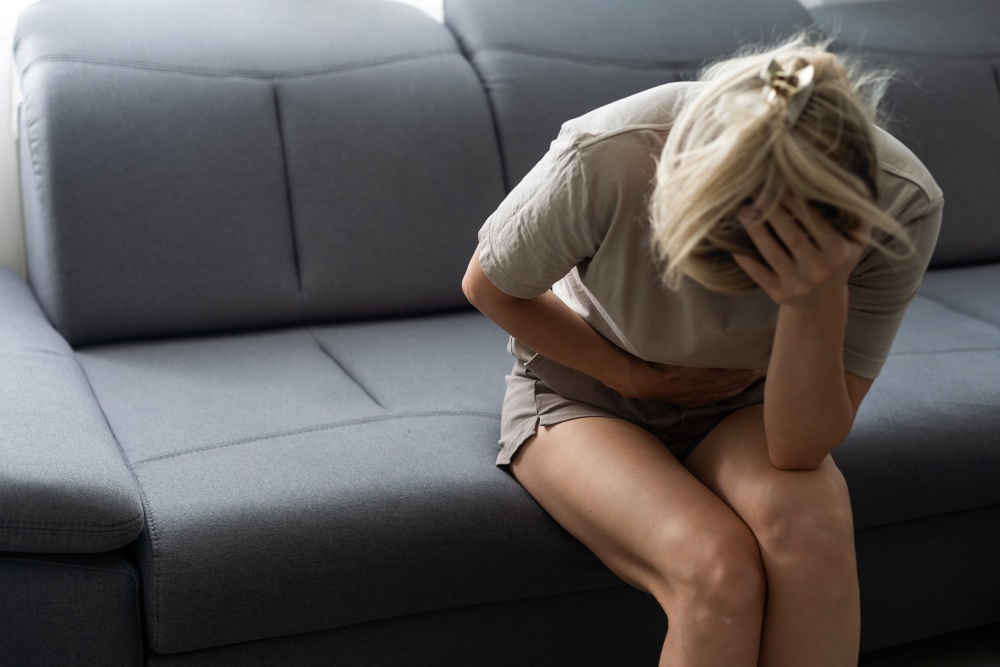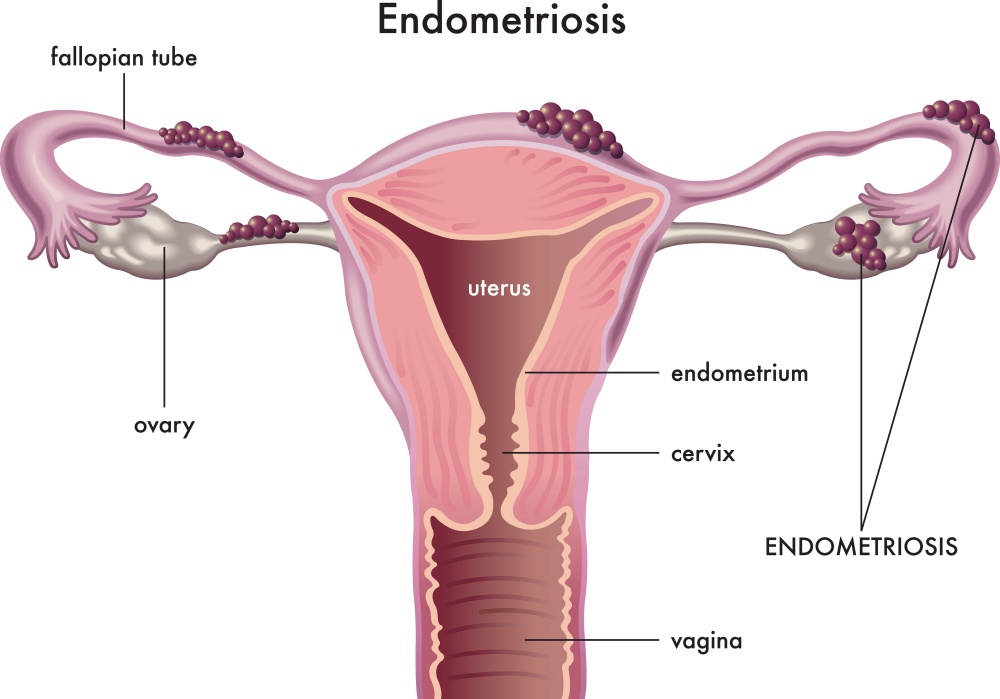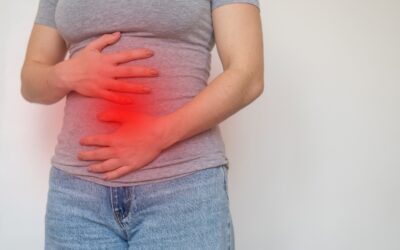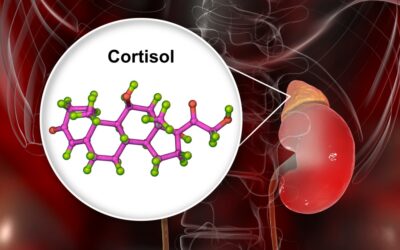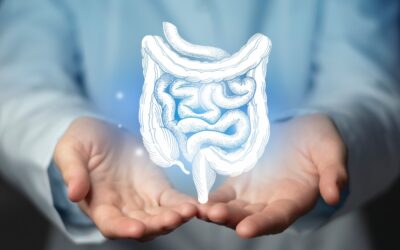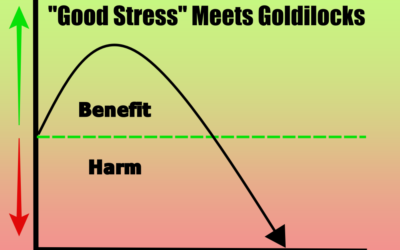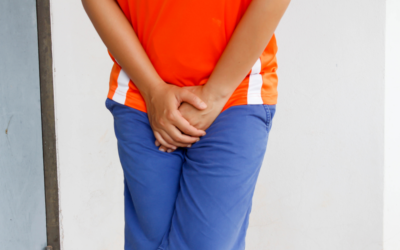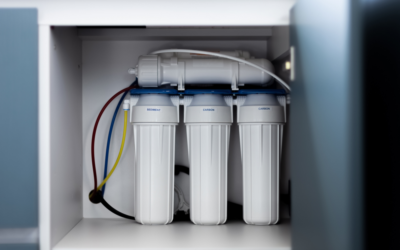Endometriosis affects more than 11% of American women between the ages of 15 and 44 years as well as roughly 10% of women globally according to the Women’s Health division of the U.S. Department of Health and Human Sciences. Notoriously common and painful, this health condition can also make getting pregnant challenging.
This article will highlight what endometriosis is, its symptoms, and treatment options so you can manage its symptoms and improve your quality of life.
What Is Endometriosis?
According to the World Health Organization, endometriosis is a disease wherein tissue that’s similar to the uterus lining grows outside of it. The growth of this additional lining can lead to pain in one’s pelvic region. Other parts of the body can also experience discomfort although its occurrence is rarer.
Symptoms
A common question often asked is, what are the first signs of endometriosis? While endometriosis pain is often associated with typical period discomfort, the severity of endometrial pain is far more intense.
Painful Periods (Dysmenorrhea)
Pelvic pain can begin before a period starts and can intensify with time. Pain in the lower back and stomach is also common.
Discomfort During Intercourse
Women with endometriosis may also experience pain and discomfort during sex.
Painful Bowel Movements and Urination
Discomfort while passing stool or urine can be felt during menstrual periods.
Excessive Bleeding
Besides heavy menstrual flow, women with this condition may also experience bleeding between cycles. This is known as intermenstrual bleeding.
Infertility
The inability to conceive is one of the first signs of endometriosis. In fact, the condition is often discovered when women seek fertility treatments.
Along with the above symptoms, individuals with this condition can also experience fatigue, constipation, diarrhea, and bloating.
Risk Factors
While the cause of this condition remains largely unknown, here are several risk factors that could lead to endometriosis:
- Entering puberty earlier than usual
- Going through menopause later than expected
- Short menstrual cycles of less than 27 days
- Heavy period flow that exceeds 7 days
- High levels of estrogen
- Genetics
- Reproductive tract disorders
How Is Endometriosis Diagnosed?
Doctors will suspect endometriosis based on your symptoms or physical exam. However, a laparoscopy, biopsy, or imaging tests such as an ultrasound or MRI may be used to confirm the condition.
Laparoscopy
This procedure entails making a small cut in the abdomen and inserting a thin tube with a camera and a light, allowing medical practitioners to spot endometrial tissue.
Biopsy
If suspicious tissue around your uterus is discovered, the doctor may use a small device to scrape off a few cells, which will then go to a laboratory for a confirmed diagnosis.
Since laparoscopy and biopsy are invasive, some doctors can prescribe an ultrasound or an MRI to look for signs of this condition.
Ultrasound
This procedure uses sound waves to view human organs. A transvaginal ultrasound may be used for this particular condition. This is when a small device is inserted into the vagina to view the uterus and surrounding tissues.
MRI
Unlike ultrasounds, MRIs use magnetic waves to examine organs and tissues.
How Is Endometriosis Treated?
Is endometriosis curable? Unfortunately, there is no cure for endometriosis. However, there are treatment plans that can help manage symptoms and provide the individual with a better quality of life.
Treatment of endometriosis varies depending on the severity of the symptoms and whether pregnancy is desired.
Medication
If the individual doesn’t intend to get pregnant, hormonal birth control is a common first step in treating this condition.
Hormonal birth control involves:
- Medication to induce extended cycles where you have a few periods a year or a continuous cycle where you will likely never have a period. This type of birth control is available as a pill or shot. This type of treatment aims to stop bleeding and reduce pain.
- Intrauterine devices (UIDs) are fairly invasive as they need to be inserted inside individuals’ uterus to reduce pain and bleeding. It also helps avoid pregnancies for up to 7 years.
It is important to note that hormonal treatment for endometriosis only works while the treatment is active. The symptoms will resurface if the treatment stops. As a result, hormonal treatments are only recommended for individuals with mild symptoms.
If a woman chooses to get pregnant, a gonadotropin-releasing hormone (GnRH) agonist is prescribed. The treatment prevents the body from producing hormones that lead to ovulation, periods, and the growth of endometrial tissue. It will cause temporary menopause, thus controlling the growth of endometriosis.
Once the treatment stops, your period will return and you will have a higher chance of becoming pregnant.
Surgery
Invasive surgery is selectively chosen for severe endometrial cases and when hormonal treatments have proven futile in reducing pain. Through surgery, the doctor can directly locate areas with endometrial growth and remove those tissues.
After the surgery, the doctor will again prescribe hormonal treatments to help boost fertility and manage pain.
Other Remedies
A doctor may prescribe over-the-counter painkillers such as ibuprofen or naproxen to help manage pain among patients with mild symptoms.
Some women have also found significant relief from contemporary and alternative medicinal therapies such as acupuncture and chiropractic sessions, herbs such as cinnamon and licorice, or vitamin supplements such as B1, magnesium, and omega-3 fatty acids.
When To See a Doctor
The symptoms of endometriosis can often be mistaken as a painful, heavy period. It can often be tempting to rely on over-the-counter painkillers, but such medicines only provide temporary relief.
Knowing when to seek timely medical intervention is crucial when it comes to this condition. If neglected, it can progress and intensify, severely crippling day-to-day activities. If you notice intermenstrual bleeding or bleeding between two periods along with nausea, severe back and abdominal pain, and an inability to become pregnant, it’s crucial you seek medical help. You can begin by seeing your family doctor or consulting a gynecologist.
While no definitive factors are known to cause endometriosis, it is always advisable to lead a healthy lifestyle.
Articles you might be interested in:
The power of protein on weight management
Weight management can be a challenging journey for many individuals, but with the right approach, achieving a healthy and sustainable weight is possible. Among the various factors that influence weight loss success, the role of protein cannot be overstated. Protein is...
Causes of pelvic pain and treatment
Causes Of Pelvic Pain And Treatments Do you experience a sharp, shooting pain in your pelvis that comes on suddenly? Do you have a twisted or knotted feeling when exercising or having sex? If so, you may be experiencing pelvic pain. What Is Pelvic Pain? Pelvic pain...
Unveiling the Health Secrets Within: Understanding the Gut Microbiome
The human body is home to trillions of microorganisms, forming a complex ecosystem within our gastrointestinal tract (GIT) known as the gut microbiome. Long overshadowed by the spotlight on human cells, this intricate community of bacteria, viruses, fungi, and other...
Exploring the Connection Between Cortisol, Stress, and Overall Health
The “Longevity” game is not about living long, but living “well”. And the hidden player calling the shots might be cortisol, aka the stress hormone. As stress permeates our lives, its effects on our overall health become increasingly apparent. In this article we will...
Managing Stress with Diabetes Made Easy: Tips That Tip the Scale in Your Favor
Over 537 million people around the world live with diabetes. The condition affects a whopping 10.5% of the adult population, and there’s no denying how difficult it can be to manage it. One day, you’re living life to the fullest—eating your favorite cake, regularly...
Exploring the Interplay Between Cancer Risk, Physical Activity, and Obesity: Unveiling the Pathways to Prevention
In an era where health consciousness is gaining paramount importance, the relationship between cancer risk, physical activity, and obesity has emerged as a significant area of investigation. As you and I - and many of our friends - are impacted by this scary disease,...
Hormetic Stress: The Good Stress For A Happy Healthy Life
It’s so easy to be tempted by the allure of comfort. In fact, technology and society have convinced us that this is of the upmost importance. You’re cold? Turn on your thermstat. Don’t like that noise? Drown it out with “white noise”. Feeling hungry? No problem. The...
Sarcopenia: Impact on health and longevity
Implications Of Sarcopenia On Health And Longevity It is easy to assume that losing some strength is a “normal part of aging”. In fact, maybe you have even heard this from your healthcare providers. The truth is that getting “weaker” as we age is not “normal” and...
What Is Urinary Incontinence, What Causes it, And How Do You Treat it?
What Is Urinary Incontinence, What Causes it, And How Do You Treat it? Are you experiencing urine leaks, or do you have the urge to urinate every few minutes? If so, you may be suffering from urinary incontinence, a condition that affects over 13 million Americans. It...
Is Reverse Osmosis Water Filtration Better For You?
Water is essential for life, but not all water is created equal. Tap water can contain harmful contaminants and chemicals that can have adverse effects on our health. This is where reverse osmosis water purification comes in. Reverse osmosis (RO) is a highly effective...

